Cooking a Ribeye Cap Steak: A Familiar Method for an Extraordinary Cut
Filet mignon is definitely one of the most popular cuts. That absolute tenderness, that uninterruptedness of the meaty enjoyment is just so good. There is but one failing for a filet, in our book, and that is that it doesn’t taste like a ribeye.
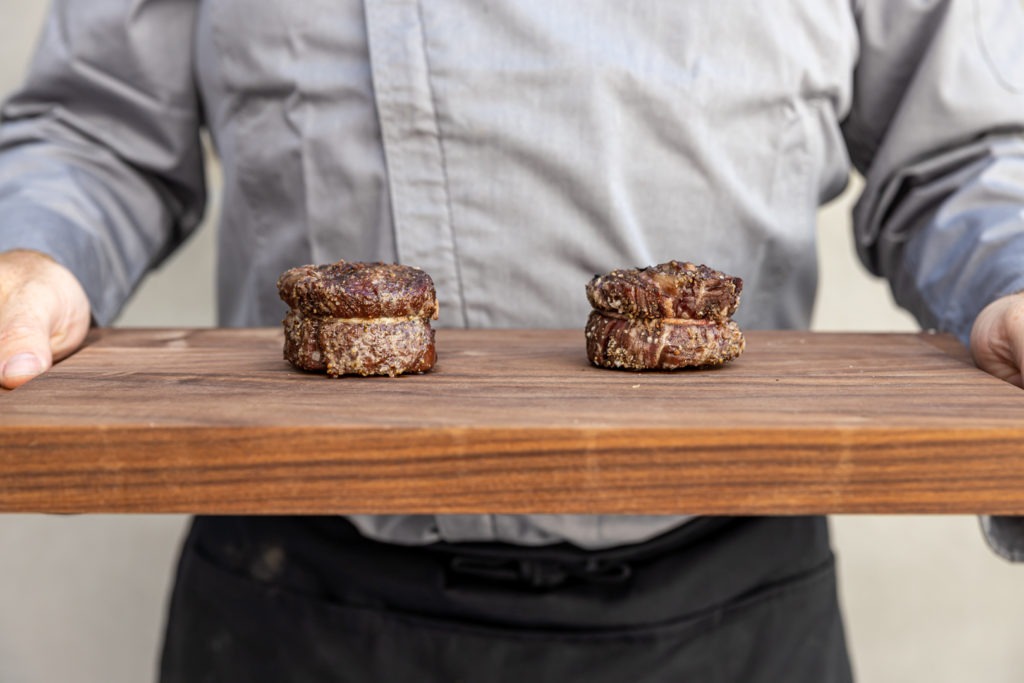
Ribeye cap steak is best at medium rare: 130–135°F
A ribeye is without question one of the bare-tastiest cuts of beef, especially when grilled. The smell alone of a grilled ribeye is enough to make me weak in the knees. Its great failing, though, is anatomy. There’s silverskin in there, there are gristle and huge seams of fat that not everyone loves. If only it were a solid block of uninterrupted meat like the filet…
Of course, you can see where this is going. The ribeye cap steak (also called the spinalis steak) possesses the best strengths of a filet and a ribeye, with neither of their failings. It may well be the perfect steak. Well, it may be if you cook it perfectly, to just the right temperature, which is what we want to talk about here today.
What is a spinalis steak?
On a ribeye steak there are two muscles. The outer muscle that surrounds nearly half of the ribeye is a muscle known as the spinalis dorsi. It is often very well marbled, and has a bit of a softer, almost spongy texture.
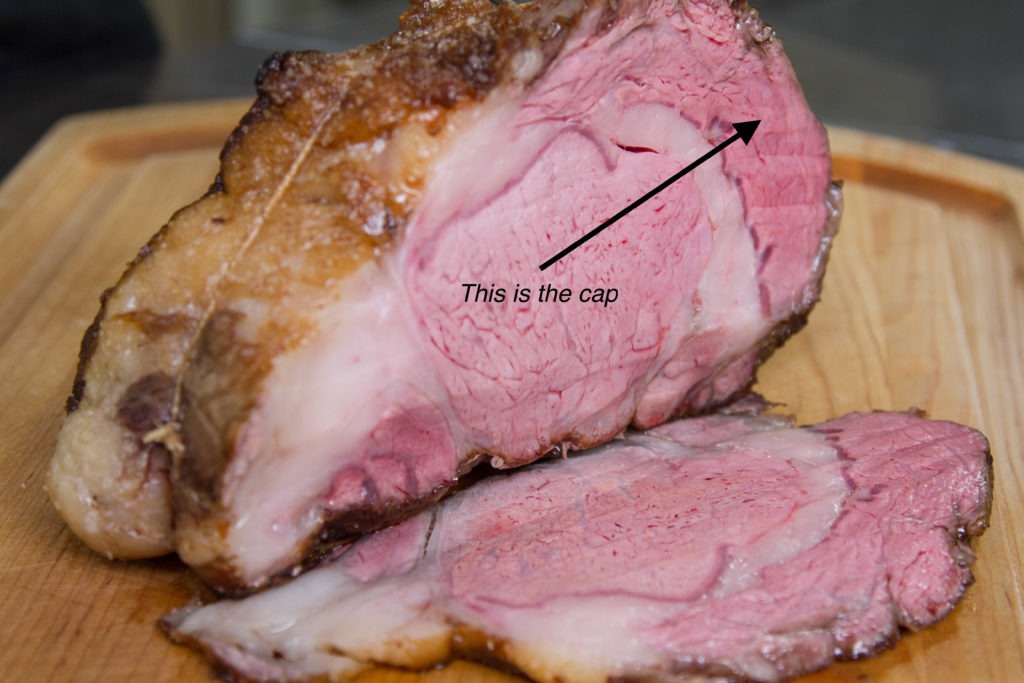
Ribeye cap steaks (a synonym for spinalis steaks) are traditionally made by removing the cap from a rib loin, rolling it tightly so that the length of the cylinder is parallel with the grain of the meat, tying it off in several sections, and cutting small steaks out of that roll.
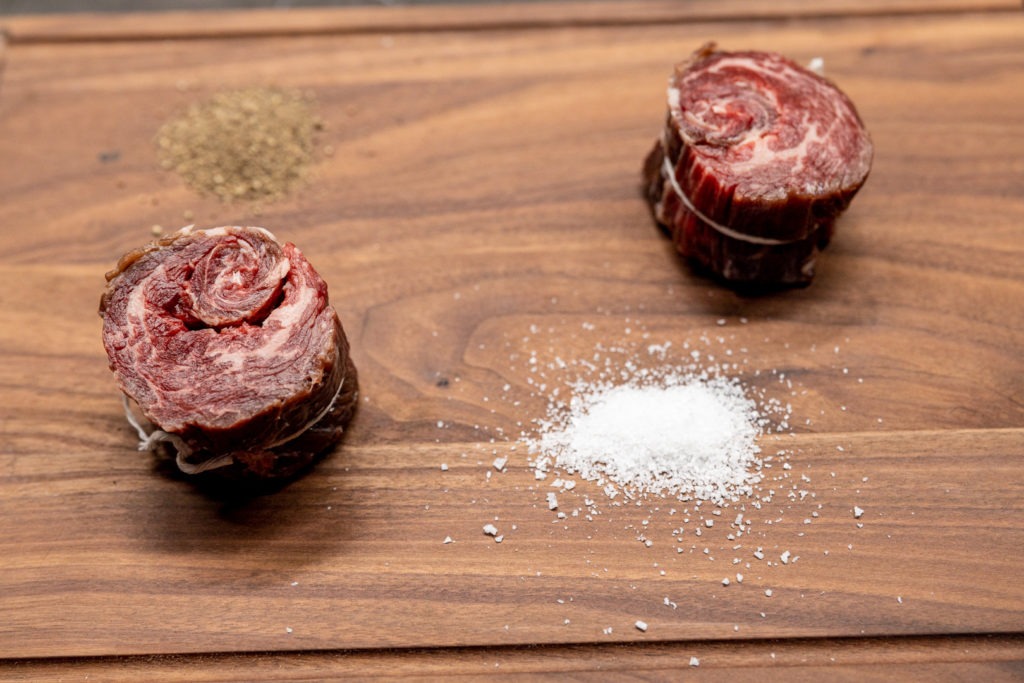
The steaks obtained by rolling the loin this way are small, about the size of a petit filet, and they are kind of pinwheel-like. If you can find them (pre-tied) at a store, I recommend buying them. Or you may be able to find a cap sold by itself and tie that yourself. But it is a rare find. In all likelihood, you’ll end up trimming the cap off a full ribeye roast and making the cap steaks yourself—which is admittedly not a cheap proposition. But it is also by no means a waste. You can cook the loin portion separately as a roast for guests, who will thank you gratefully, and then you can keep the spinalis steaks for yourself. Trust me, you won’t want to share them beyond your family and, maybe, your closest friend.
How do I cook spinalis steak?
I usually prefer a pan sear for steaks over grilling. But when it comes to cuts from the rib loin, grilling is just so good. The way the fat and meat crisp and char is nothing shy of alchemical magic. So, yes, grill these steaks. And because this is a steak you will most likely have paid heavily for (a loin off of which to cut them isn’t cheap), you want to make absolutely sure that you aren’t overcooking them.
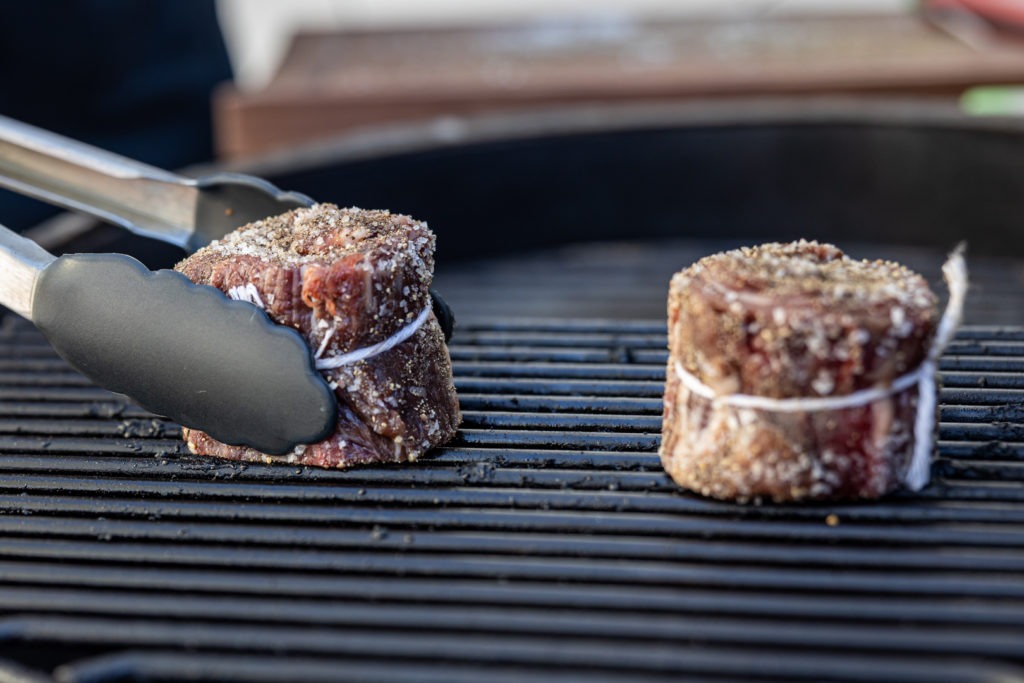
For me, that means reverse searing the steaks. To cook our spinalis steaks, we set up a charcoal grill for two-zone cooking with the burning coals on one side of the grill only. We cooked the (salt-and-pepper-seasoned) steaks over indirect heat—at about 325°F (163°C)—with a probe attached to the Smoke X2™. We set the high-temp alarm for 100°F (38°C) so that we’d have plenty of thermal space for searing without overcooking. When the alarm sounded, we moved the steaks to the grates directly over the coals and seared them for a few minutes on each side until a Thermapen® inserted into the center read 125–130°F (52–54°C). Then we took them from heat and rested them for a few minutes.
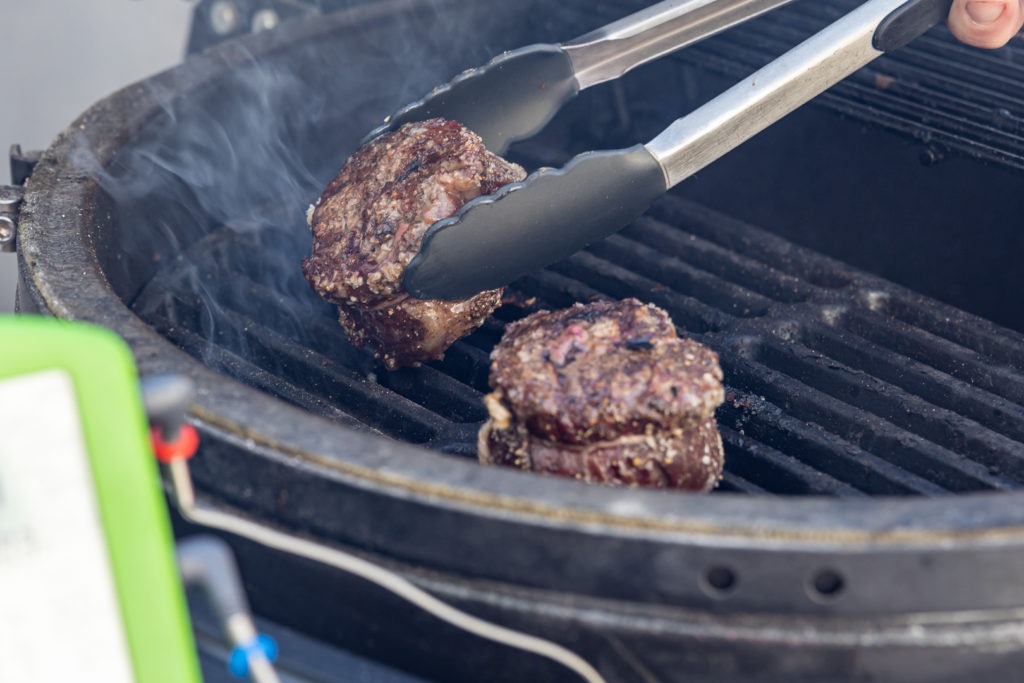
The results were astounding. The meat was beautiful, red, juicy, as you’d expect when using proper temperature monitoring and control, and it had a salty-peppery crust that was well kissed by flame and char so that the deep, hidden flavors of the ribeye came out in full array. I have eaten many, many steaks in my life, and here at ThermoWorks I have eaten many of the better steaks that I have had. It is not an exaggeration to say that this steak was easily one of the very best steaks I have ever eaten.
If you are thinking of serving a prime rib to your family this coming holiday season—or ever, for that matter—consider making these steaks from the rib cap. They end up small, but extremely satisfying. Temp them with a Smoke X and a Thermapen®, and I guarantee you’ll love the results.
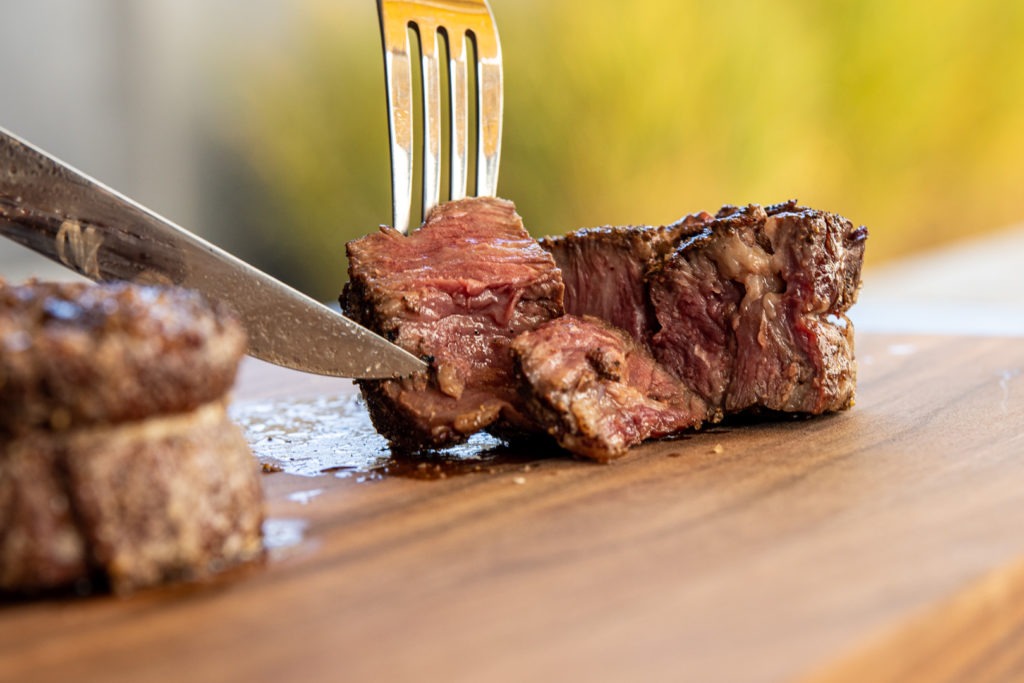
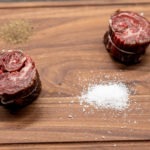
How to Cook Ribeye Cap Steak (Spinalis Steak)
Description
A guide to the very best steak you’re likely to have.
Ingredients
- As much of a rib cap that you can get your hands on, rolled, tied and cut into 2″ steaks.
- Good salt, black pepper
- About 1/2 Tbsp butter per steak
Instructions
- Prepare a charcoal grill for two-zone cooking by piling the coals under one half of the grill grate.
- Season your steaks with salt and pepper. Two-inch thick steaks can even use a little seasoning on the sides of the steak-cylinder.
- Place the steaks on the indirect-cooking side of the grill. Insert a probe that is connected to a leave-in probe thermometer—like the Smoke X2—into the center of one of the steaks. Set the high-temp alarm for 100°F (63°C) and close the grill lid.
- Monitor the air temp in the grill using the air probe. Set the high-temp alarm on that channel for 350°F (177°C). Make sure the grill doesn’t go over that temperature but don’t worry if it goes as low as 250°F (121°C).
- When the alarm sounds, remove the probe from the steak and move the steaks to the grate directly over the coals.
- Cook the steaks for about 1 minute, then rotate them by about 45°, top with the butter. Cook for another minute.
- Flip the steaks and start to take their temperatures.
- As each steak reaches a temperature between 125–130°F (52–54°C), as measured with your Thermapen, remove it from the heat.
- Rest for as long as you can stand it, a few minutes, and eat them. Try to savor each bite, they are small.
Shop now for products used in this post:


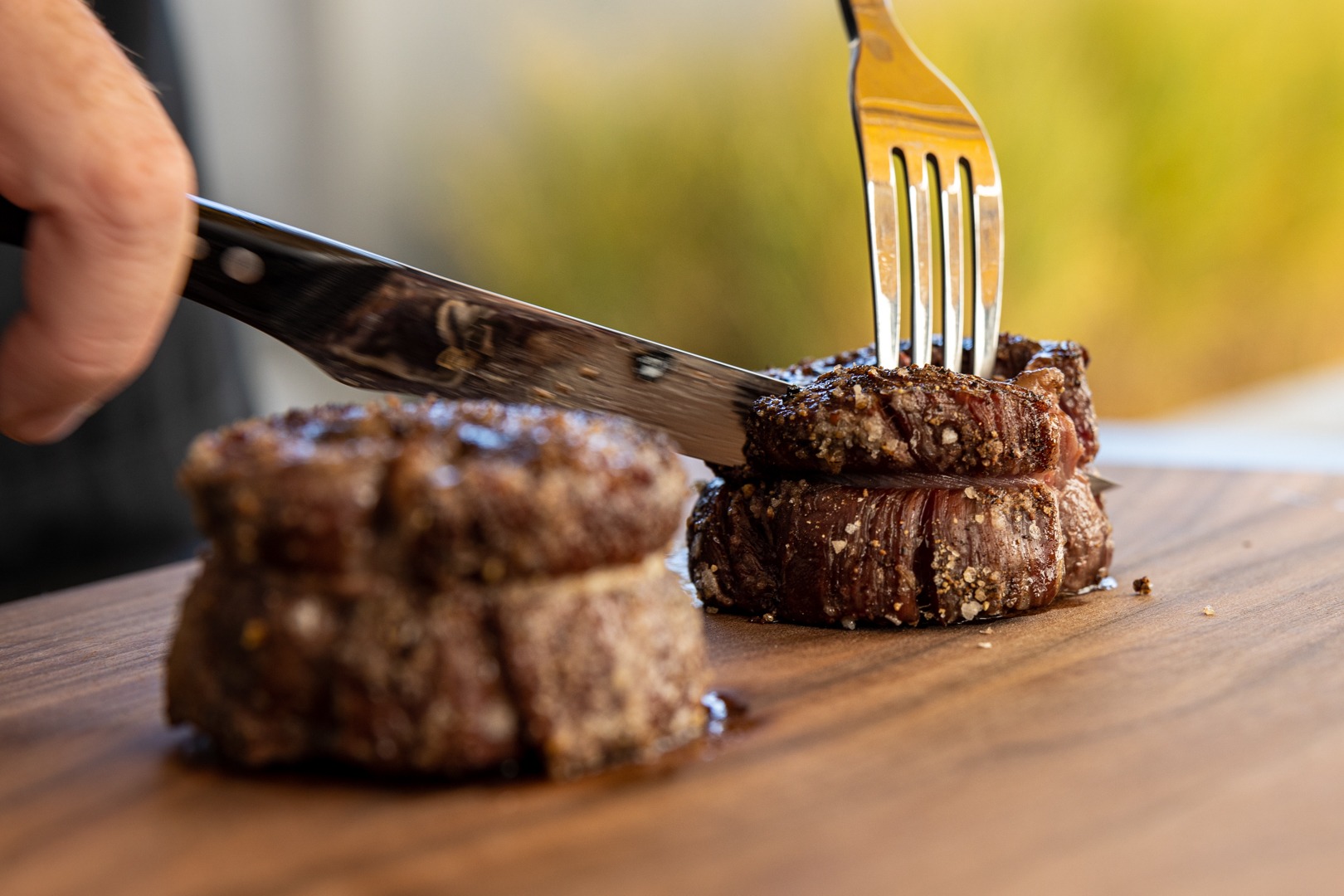
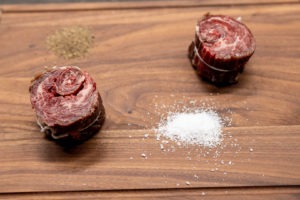
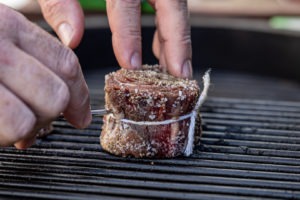
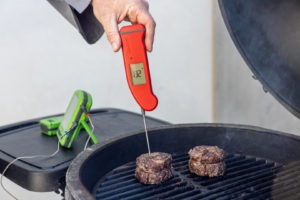
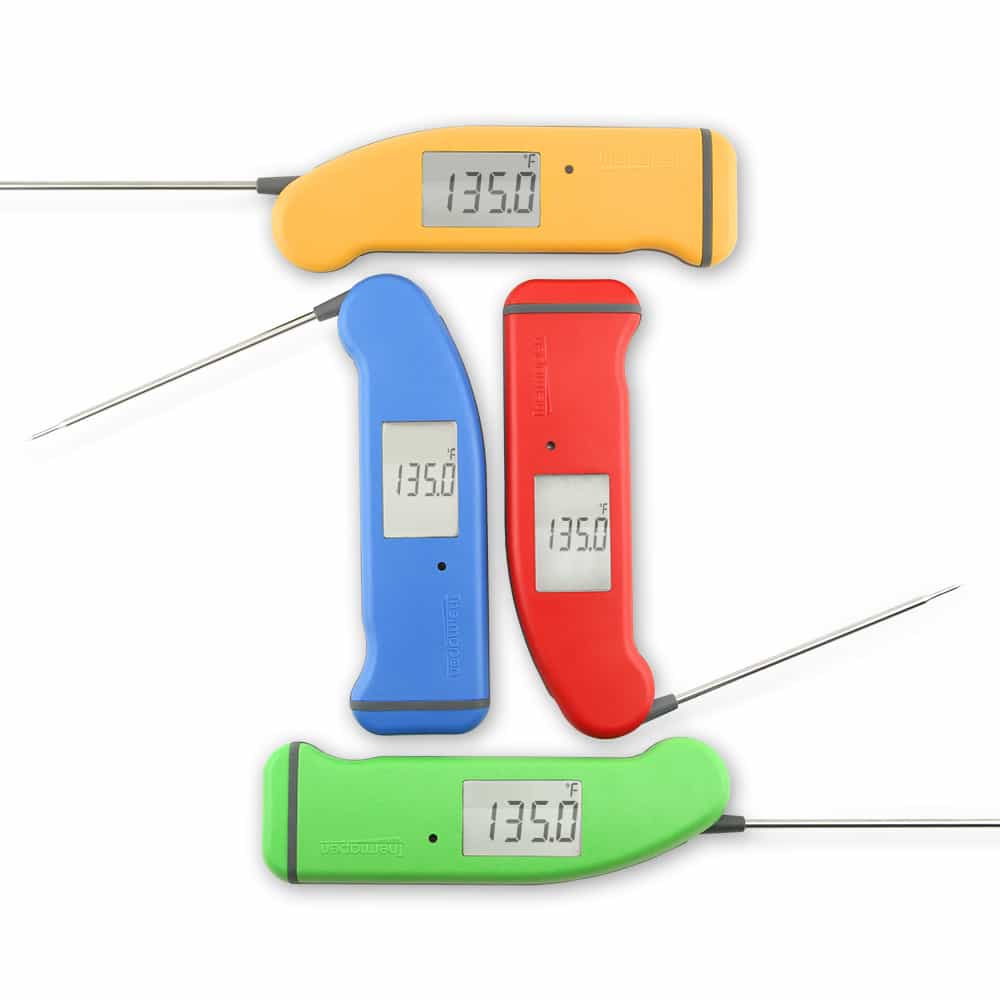

I reverse sear these all the time! Costco sells these as prime cuts (and they are). They take two caps and tie them in a swirl so they become the same size as a fillet….but much more flavor!
I love steak and this was very flavorful and delicious! So good!
Take the cap and cut it across the grain into as many two-inch pieces as you can. If you have two caps even better. Then take the strips and put them all together wrapping them tight as possible around each other into a beef coil and tie them. You should get a steak sized portion of about 10ounces. Carefully cook as you would a regular steak turning over gently so the pieces don’t fall apart. Best steak ever!